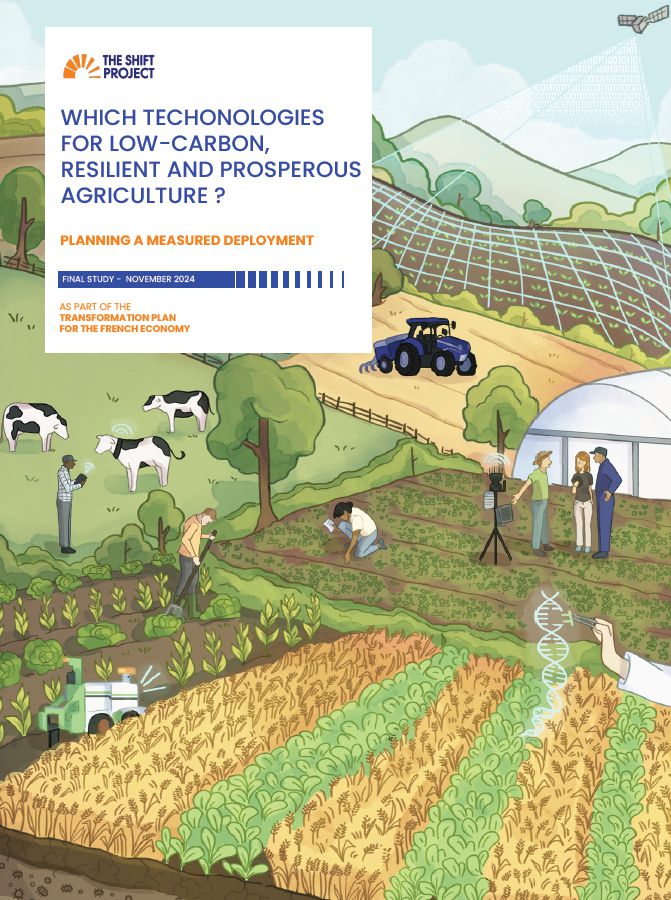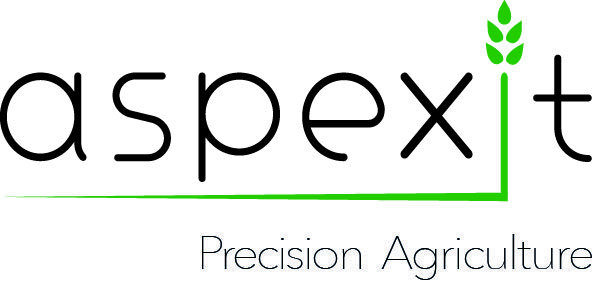What technologies for low-carbon, resilient and prosperous agriculture? With The Shift Project, we are releasing our final report, which complements the Agriculture report.
Views on technology, which are perhaps even more pronounced when it comes to agriculture, can be very divergent. While it is clear that many agricultural technologies have led to significant developments (yield gains, reduced impact of bio-aggressors, greater comfort and less arduous work, etc.), these technologies can no longer be considered all things being equal in view of the physical constraints faced by the agricultural sector.
Agricultural technologies are extremely diverse. In reality, talk of THE technology masks the heterogeneity of maturity, deployment, technological intensity and the skills required to use them. In the same way that there are many different farming systems and greening trajectories, there are also many different technological trajectories.
Using agricultural technologies for the transition will require us to make some initial observations:
- Agricultural technologies can generate lock-in and dependency mechanisms
- Agricultural technologies have an environmental footprint that needs to be considered
- Agricultural technologies are not impartial: they embed value systems
Through a number of detailed examples of agricultural technologies, the report focuses on operational messages to help technologies support the agricultural transition:
- We need a method for analysing agricultural technologies in terms of their ability to support the transition.
- We need to think about the technological orientation of agricultural systems: combinations of innovations, principles of sobriety, mutualisation and precaution.
- We need to equip all agricultural systems (and not just a few) and cultivate heterogeneity rather than standardisation.
- We need to plan for the skills and jobs of the future, and support change in order to use agricultural technologies.
DOWNLOAD THE REPORT

